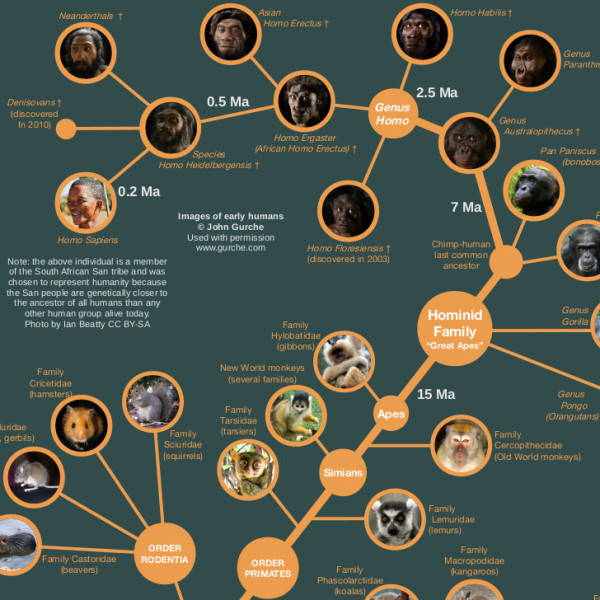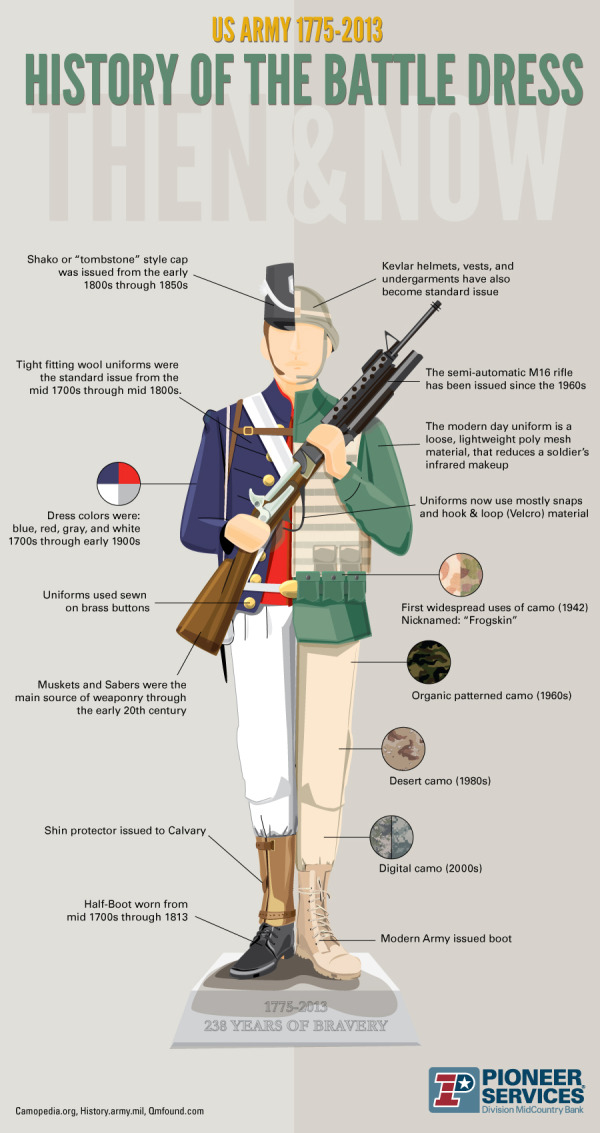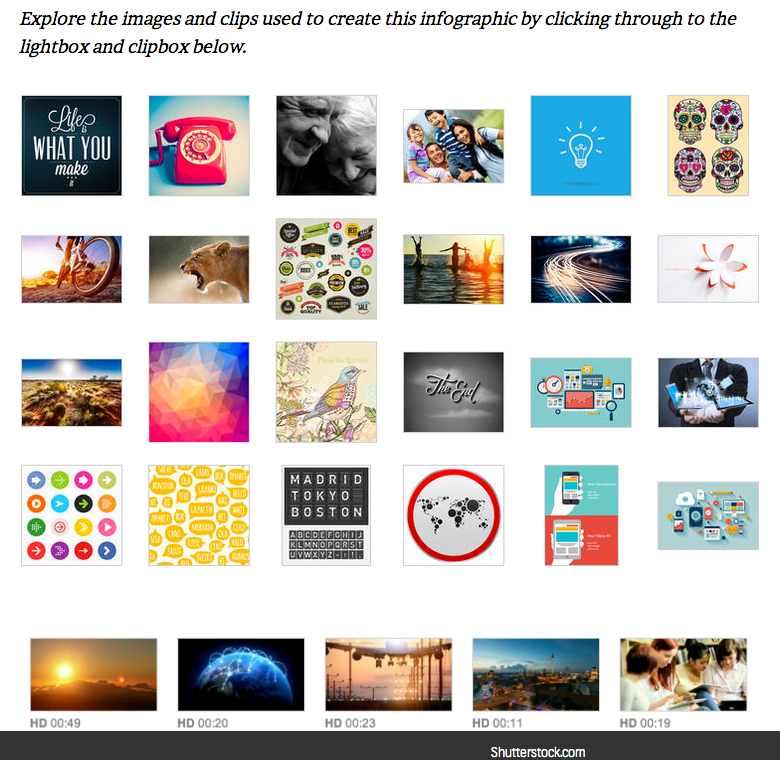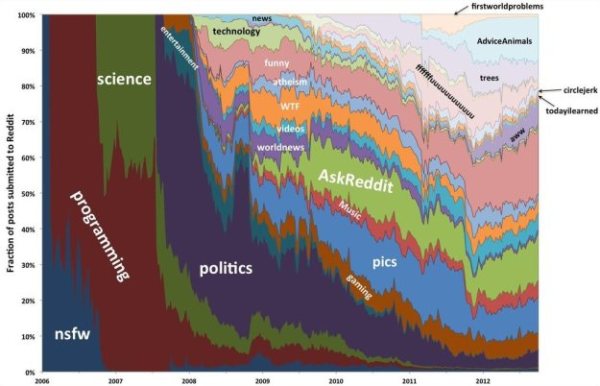World Cup Final Stadiums: A Visual History
The World Cup is in full swing with group play starting last week. We cannot tell you who will be the winner of this World Cup; however, the World Cup Final Stadiums: A Visual History infographic from Grass Form can tell you the countries, stadiums, and winners of the past.
La Coupe de Monde. La Copa del Mundo. The World Cup. No matter what language you say it in the biggest competition in football always means the same thing; a summer festival for millions watching the beautiful game.
Every edition of the World Cup is special in it’s own right but this year stands out from the rest; football is heading back to its spiritual home, Brazil.
The Seleção are aiming for a historic sixth triumph in front of an expectant home crowd – the pressure is on for Neymar & co. to deliver the goods in classic Jogo Bonito style.
Of course part of the World Cup legend are the iconic stadia; from the timeless twin towers of Wembley to the newly-revamped Maracanã which will take pride of place at this year’s tournament, these coliseums have provided the platforms for the most iconic moments in the history of the game.
A good visual representation of each stadium. Adding the flag of the host’s country on top of each of the stadiums is great touch. However, underneath the stadiums, we could use some better visuals. The design could have visualized the relative sizes of the stadium capacities and used the flag of the winning teams. The year each stadium was built isn’t really relevant information.
I love the topic choice by Grass Form, a turf company. More information could have been included in the infographic about the type of grass used in each stadium to make the topic even more relevant to the publishing company.
Thanks to Dave for sending in the link!









 Randy
Randy












